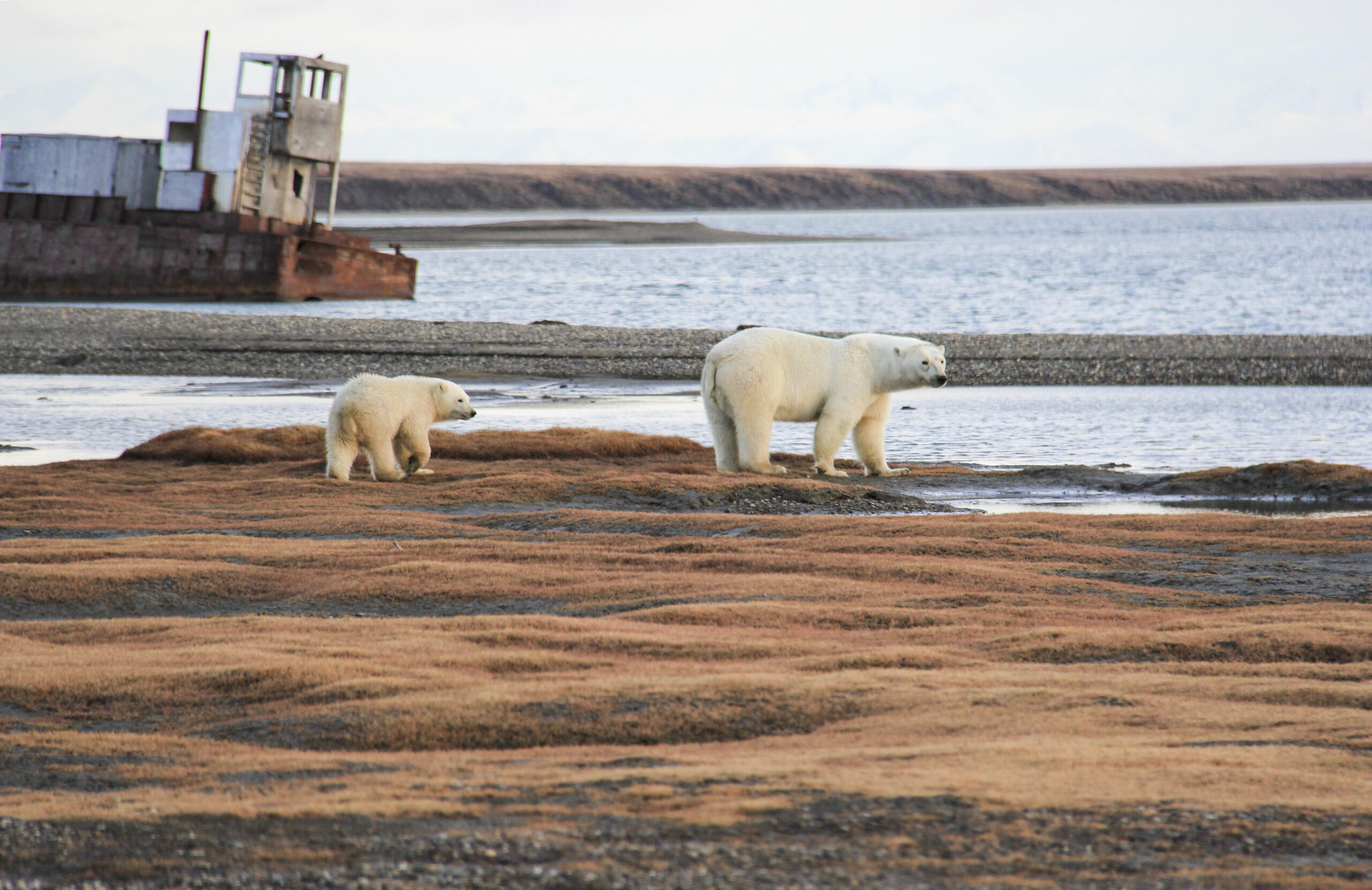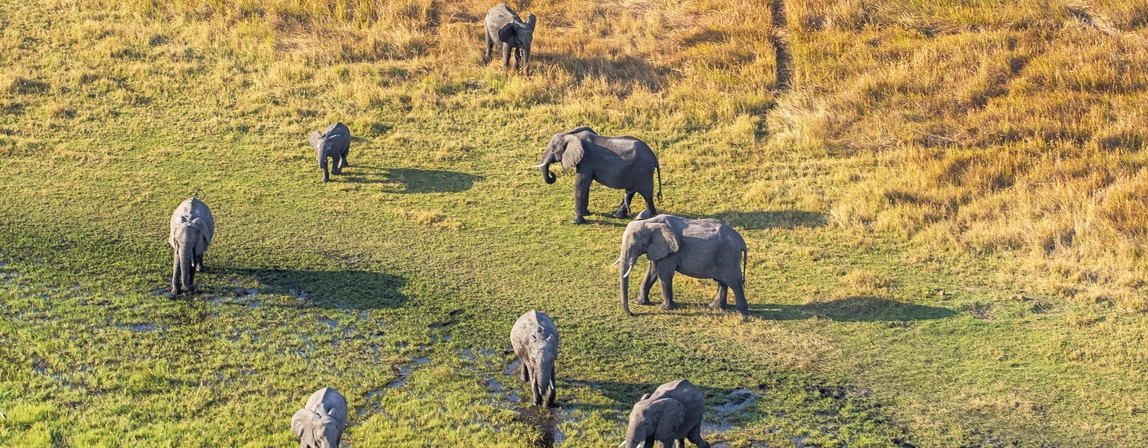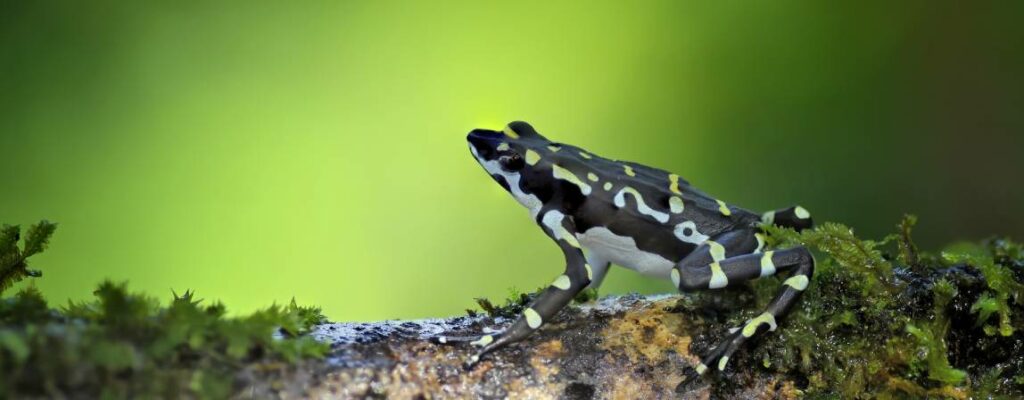Perspectives Posted on 2024-07-26 17:27:08
Opinions and strategies
Wildlife health, biodiversity and climate change
Authors
C. Van Hemert (1)*, S. Fèvre(2), S. Renaudin(2), D. Shetty(2), L. Mehring(2) and I. Contreras Arias(2)
(1) US Geological Survey Alaska Science Center. Anchorage, Alaska, USA
(2) World Organisation for Animal Health
* Corresponding author
Environmental changes associated with climate warming pose urgent threats to wildlife health and biodiversity [1, 2]. Climate change has contributed globally to the spread of infectious diseases and other wildlife health issues, leading to population declines and cascading effects on ecosystems [1].
Climate change can impact disease spread among wildlife by altering animal migration and movement patterns, and promoting novel species interactions [1, 3] (Figure 1). Temperature and other environmental factors affect the persistence and distribution of many pathogens and parasites, making warming a significant factor [1] (Figure 2). Recent examples of climate-influenced disease outbreaks include avian malaria in Hawaiian birds due to expanding mosquito vector ranges [4] and the spread of phocine distemper in marine mammals due to range expansion and the loss of Arctic sea ice [5]. Climate change can also exacerbate disease spillover events between humans, domestic animals, and wildlife [3,5].
Climate-driven stressors, such as habitat degradation and food limitations, can impact overall animal health and immune function [6]. In addition, climate change affects wildlife exposure to toxins, contaminants, and anthropogenic disturbances. An example is the impact of ocean warming, which has increased the severity and frequency of toxin-producing harmful algal blooms in the Arctic. This creates hazards to marine wildlife as these biotoxins enter the food web [7].
At particular risk of climate change impacts are biodiversity hotspots (concentrated in the tropics) and rapidly warming regions (like the Arctic) [6]. Healthy wildlife populations are essential for resilient ecosystems and global biodiversity; human communities that rely heavily on wildlife resources also face additional economic, subsistence and cultural pressures [11]. It is crucial to address the intersections between climate change and wildlife health via a One Health approach to identify priority research areas and potential mitigation strategies [11]. WOAH is currently exploring ways to understand Members’ challenges, address climate change and provide support within its mandate [12].


https://doi.org/10.20506/bull.2024.1.3498
References
- . Altizer S, Ostfeld RS, Johnson PT, Kutz S, Harvell CD. Climate change and infectious diseases: from evidence to a predictive framework. Science. 2013; 341(6145):514-9.
- Habibullah MS, Din BH, Tan S-H, Zahid H. Impact of climate change on biodiversity loss: global evidence. Environmental Science and Pollution Research. 2022; 29(1):1073-86.
- Carlson CJ, Albery GF, Merow C, Trisos CH, Zipfel CM, Eskew EA et al. Climate change increases cross-species viral transmission risk. Nature. 2022; 607(7919):555-62.
- Paxton EH, Camp RJ, Gorresen PM, Crampton LH, Leonard Jr DL, VanderWerf EA. Collapsing avian community on a Hawaiian island. Science Advances. 2016; 2(9):e1600029.
- Lemieux A, Colby GA, Poulain AJ, Aris-Brosou S. Viral spillover risk increases with climate change in High Arctic lake sediments. Proceedings of the Royal Society B. 2022; 289(1985):20221073.
- IPCC. Climate change 2022: Impacts, adaptation and vulnerability. Contribution of Working Group II to the Sixth Assessment Report of the Intergovernmental Panel on Climate Change. Cambridge (UK) and New York (USA): Cambridge University Press; 2022.
- Anderson D, Fachon E, Hubbard K, Lefebvre K, Lin P, Pickart R et al. Harmful algal blooms in the Alaskan Arctic: an emerging threat as the ocean warms. Oceanography. 2022; 35(3–4):130-9.
- Van Hemert C, Pearce JM, Handel CM. Wildlife health in a rapidly changing North: focus on avian disease. Front. Ecol. Environ. 2014; 12(10):548-56.
- Atwood TC, Duncan C, Patyk KA, Nol P, Rhyan J, McCollum M et al. Environmental and behavioral changes may influence the exposure of an Arctic apex predator to pathogens and contaminants. Scientific Reports. 2017; 7(1):13193.
- Pilfold NW, Richardson ES, Ellis J, Jenkins E, Scandrett WB, Hernández‐Ortiz A et al. Long‐term increases in pathogen seroprevalence in polar bears (Ursus maritimus) influenced by climate change. Glob. Change. Biol. 2021; 27(19):4481-97.
- Kutz S, Tomaselli M. “Two-eyed seeing” supports wildlife health. Science. 2019; 364(6446):1135-7.
- Veterinary Services in a changing world: climate change and other external factors. Rev. Sci. Tech. 2021; 40 (2). doi: https://doi.org/10.20506/rst.issue.40.2.3228











